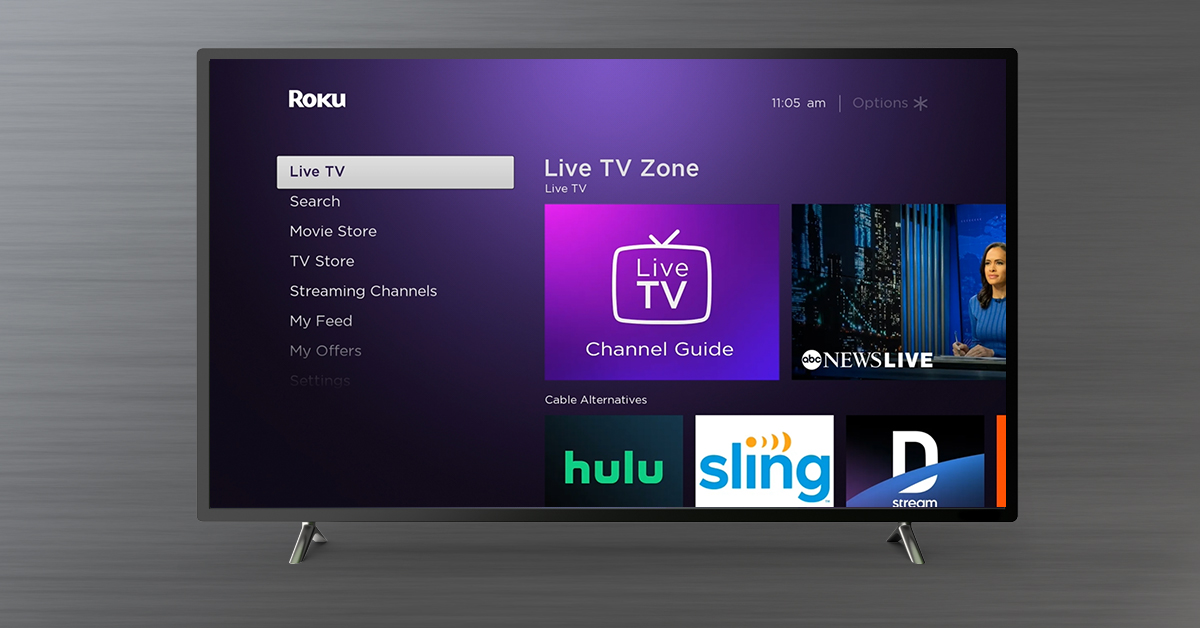Roku Adds Nielsen DAR Audience Guarantees to OneView
OneView is the first TV streaming ad buying platform to launch Nielsen Digital Ad Ratings audience guarantees ahead of upfronts, Roku said

SAN JOSE, Calif.—Roku, Inc. has announced the launch of Nielsen’s Digital Ad Ratings (DAR) audience guarantees on OneView, making OneView the first ad buying platform to enable Nielsen guarantees across TV streaming.
This means that users of Roku’s TV streaming ad platform OneView users can now choose a specific age and gender demographic, like adults ages 18 to 49, and pay only for the ad impressions that reach their target audience.
Ahead of upfronts, audience guarantees in OneView are available for ads running on the Roku platform. Roku said this will make it easier to plan and measure an entire TV streaming upfront in OneView with apples-to-apples measurement to traditional TV.
In 2015, Roku became the first TV streaming platform to launch Nielsen guarantees. As a result of the ongoing strategic alliance between Roku and Nielsen, OneView will also be one of the first ad buying platforms to apply Nielsen measurement to all four screens: traditional pay TV, TV streaming, desktop, and mobile.
“We believe that all TV ads will be streamed and that all TV ad measurement will be automated,” said Louqman Parampath, vice president of product management at Roku. “Now, upfront advertisers in OneView will be among the first to see audience overlap across major devices, channels, and publishers on their plan. Our goal is to offer diverse tech and measurement offerings that move the industry forward.”
Roku has also made Nielsen audience guarantees more precise with data points from its direct relationships with consumers. This means that publishers who use OneView as a demand source can use unique proprietary data assets from Roku to improve the accuracy of their own audience guarantees, which in turn can save publishers money by wasting fewer ad impressions to fulfill their audience guarantees, Roku reported.
The professional video industry's #1 source for news, trends and product and tech information. Sign up below.
George Winslow is the senior content producer for TV Tech. He has written about the television, media and technology industries for nearly 30 years for such publications as Broadcasting & Cable, Multichannel News and TV Tech. Over the years, he has edited a number of magazines, including Multichannel News International and World Screen, and moderated panels at such major industry events as NAB and MIP TV. He has published two books and dozens of encyclopedia articles on such subjects as the media, New York City history and economics.

